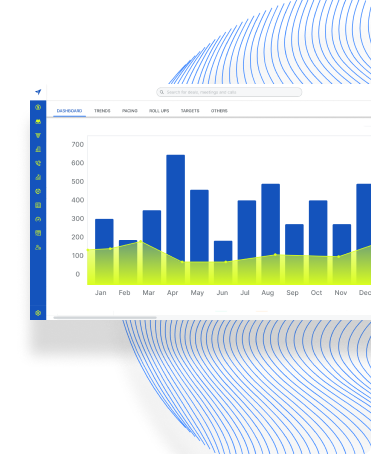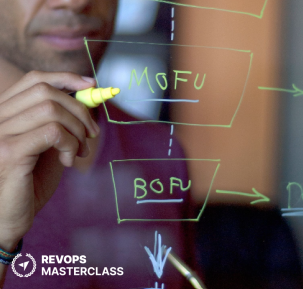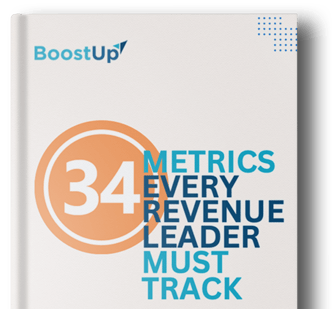How AI Will Help Revenue Teams Do More With Less
In this Revenue Mavericks episode, Nathan Clegg shares valuable insights into the role of AI in revenue operations, emphasizing its potential to drive revenue by optimizing processes and enhancing collaboration between sales and marketing teams.





